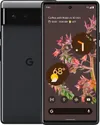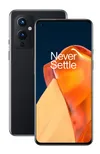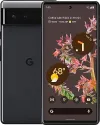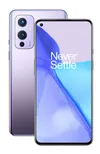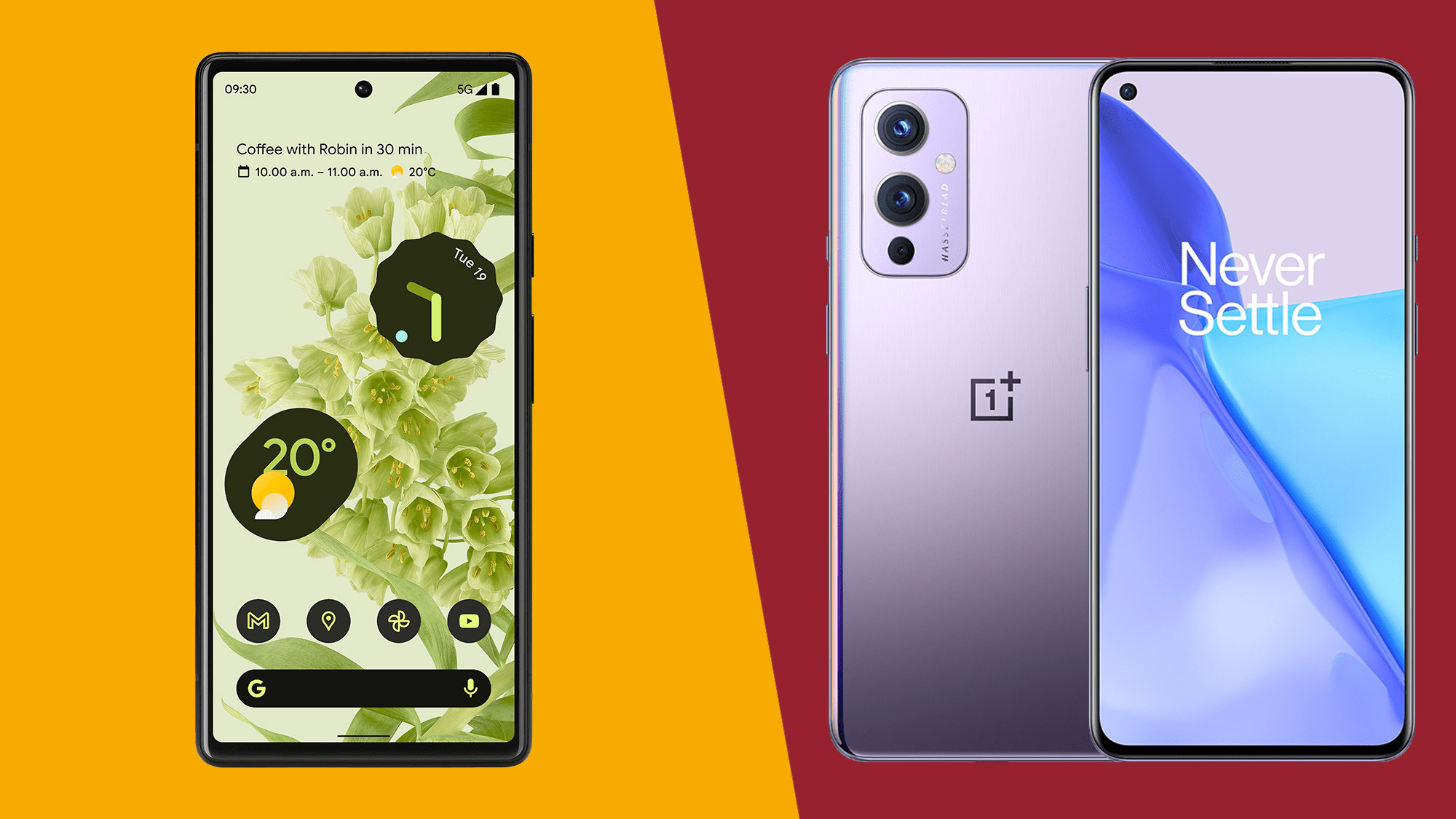
The Google Pixel 6 turned up fashionably late to the 2021 smartphone party, but it certainly made an instant impact with its eye-catching design, custom hardware, and crisp software.
It arrived into an area of the market – let’s call it the ‘not-quite-flagship’ – that was already being led by the brilliant OnePlus 9. Here was a handset that supplied top-notch power, a decent camera, and classy software for a very reasonable price.
So which of these two phones is the better buy? We’ve had plenty of time to get to know the ins and outs of both, so let’s take a closer look at what they have to offer.
Google Pixel 6 vs OnePlus 9 price and availability
The Google Pixel 6 was released on October 28, 2021. Prices start from $599 / £599 / AU$999 for 128GB. There’s also a 256GB model available in the US and Australia that will set you back $699/AU$1,129.
In the opposite corner, the OnePlus 9 rolled out on March 26, 2021. Prices started from $729/£629 for 8GB of RAM and 128GB of storage, while a move up to $829/£729 will get you 12GB of RAM and 256GB of storage.
While the OnePlus 9 is technically the more expensive of the two phones, the fact that it’s also seven months older means that you’re more likely to find a cheaper deal.
Design
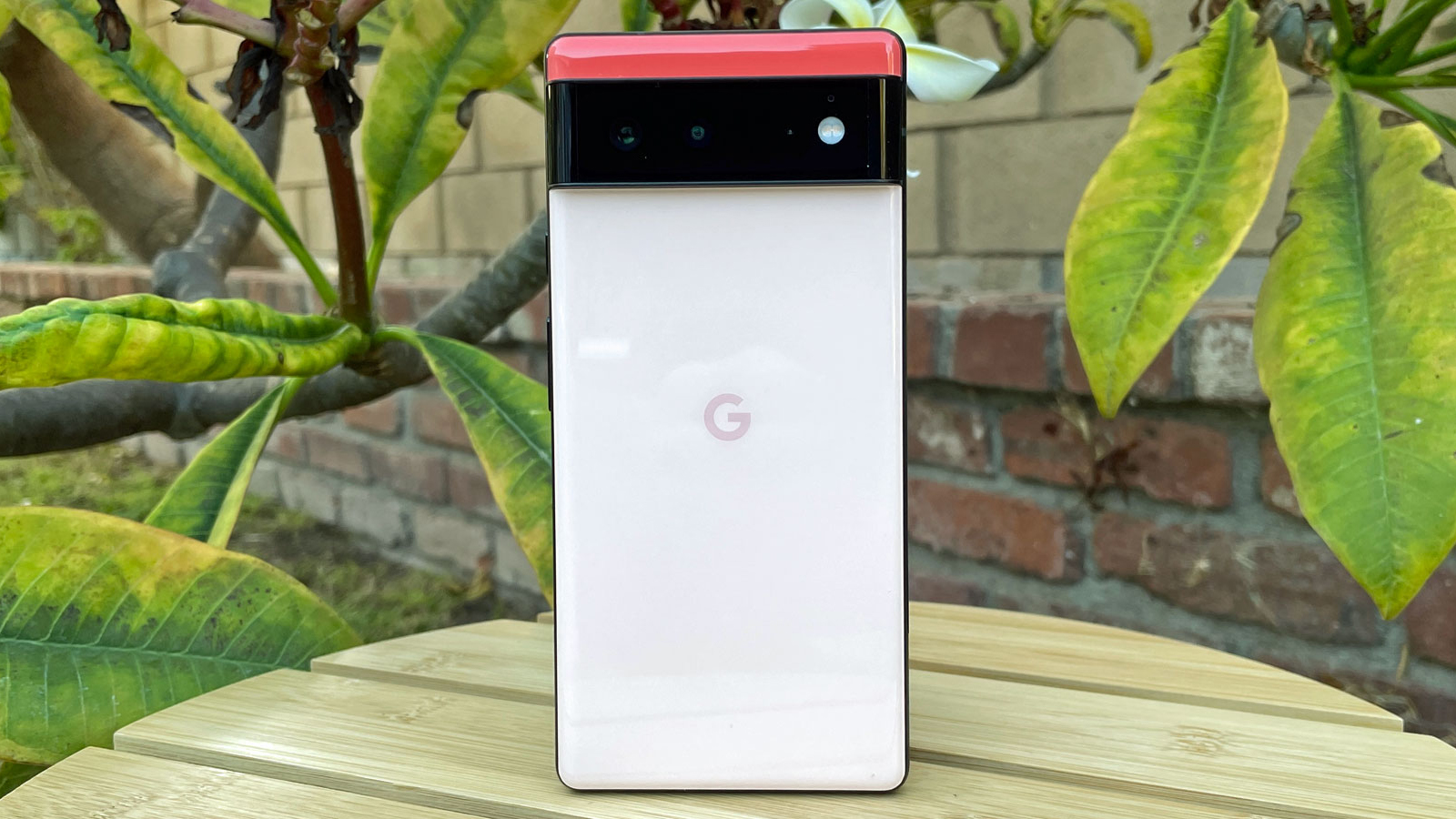
Google has OnePlus beaten on the design front, at least in terms of pure aesthetic appeal. Where OnePlus has stuck disappointingly close to previous efforts with its own “burdenless” (read: slightly bland) design language, Google has tried something bold and new.
Get daily insight, inspiration and deals in your inbox
Sign up for breaking news, reviews, opinion, top tech deals, and more.
The Pixel 6’s two-tone finish and prominent horizontal camera block makes it stand out a mile from every other phone on the market. By contrast, the OnePlus 9 could be mistaken for any number of generic Android phones.
They’re similar in size, though. The Pixel 6 measures 158.6 x 74.8mm, with an 8.9mm thickness and a weight of 207g. The OnePlus 9, by contrast, is 160 x 74.2 x 8.7 mm and 192g. It’s a marginal win for the OnePlus when it comes to wieldiness, then.
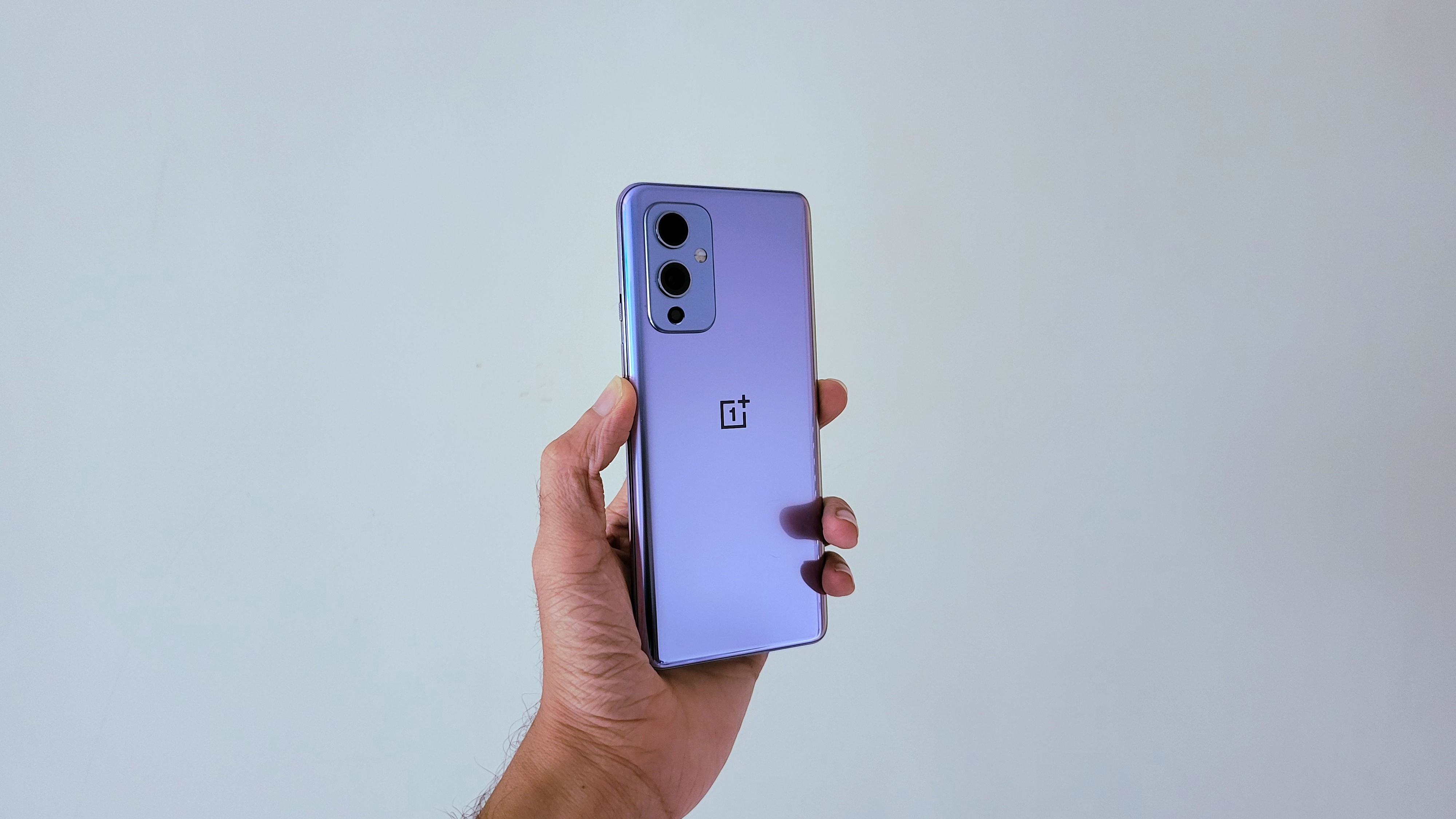
Google wins out on the materials it uses, with a premium glass and metal sandwich approach. OnePlus used a fiberglass-reinforced polymer frame – that’s fancy plastic – instead of aluminum, which makes it feel slightly cheap.
When it comes to colors, Google goes with Stormy Black, Sorta Seafoam, and Kinda Coral. OnePlus goes with a slightly duller selection of Winter Mist, Arctic Sky, and Astral Black
Both phones have an IP68 dust and water-resistance rating, but while the Pixel 6 goes with a Gorilla Glass Victus front, the OnePlus 9 uses inferior Gorilla Glass 5.
One way in which the OnePlus 9 stands apart is with its trademark alert slider, which makes switching your phone to silent much more intuitive. Otherwise, it’s an all-around design win for Google.
Display
OnePlus wins on the display count, no doubt. Both phones offer punchy, vibrant OLED displays, but the OnePlus 9 screen is bigger and smoother.
It offers a 6.55-inch FHD+ OLED with a silky-smooth 120Hz refresh rate. The Pixel 6, on the other hand, offers a 6.4-inch FHD+ OLED with a 90Hz refresh rate.
It’s that latter metric that really seals the win for OnePlus here, but it’s not a massively consequential difference. Both screens are extremely responsive, and you’d have to put them side by side and look closely to spot the difference.
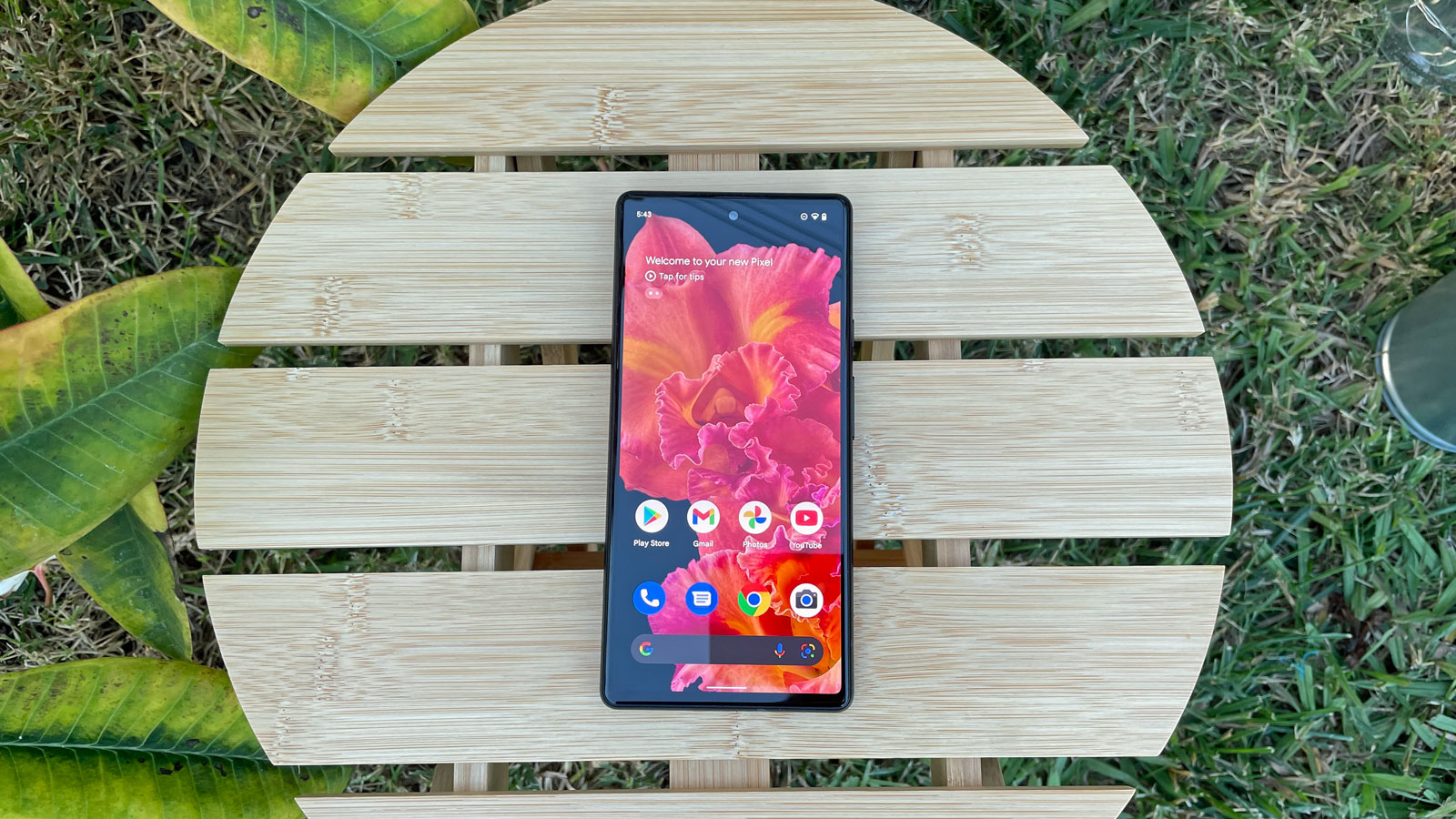
Neither phone has the absolute best in-display fingerprint solution, in our experience, but we’d probably give the OnePlus 9 the nod in this department, too. Google faced some high-profile struggles getting its biometric system into shape.
The other difference to note here is a relatively small one. While the OnePlus 9 places its hole-punch notch in the top-left corner, the Pixel 6 puts it right in the middle.
We have no preference here, though there’s something to be said for the symmetry of the OnePlus approach.
Camera
Both manufacturers have upped their camera games with these phones, but Google started from a much higher point. As such, the Pixel 6 is the winner of the camera department.
Google’s phone adopts a new 1/1.31-inch 50-megapixel wide sensor that produces 1.2μm pixels, assisted by an f/1.85 aperture. It also has a 12-megapixel ultra-wide with a f/2.2 aperture.
The OnePlus 9 has a similarly impressive image sensor in the 48-megapixel Sony IMX689, which happens to be the same one that wowed us in the OnePlus 8 Pro. Perhaps more impressive than that is the 50-megapixel Sony IMX 766 ultra-wide sensor that, together with a freeform lens, takes shots that are admirably close to the main sensor in quality.
Neither phone sports a dedicated telephoto sensor, which is really the biggest issue with both camera systems.
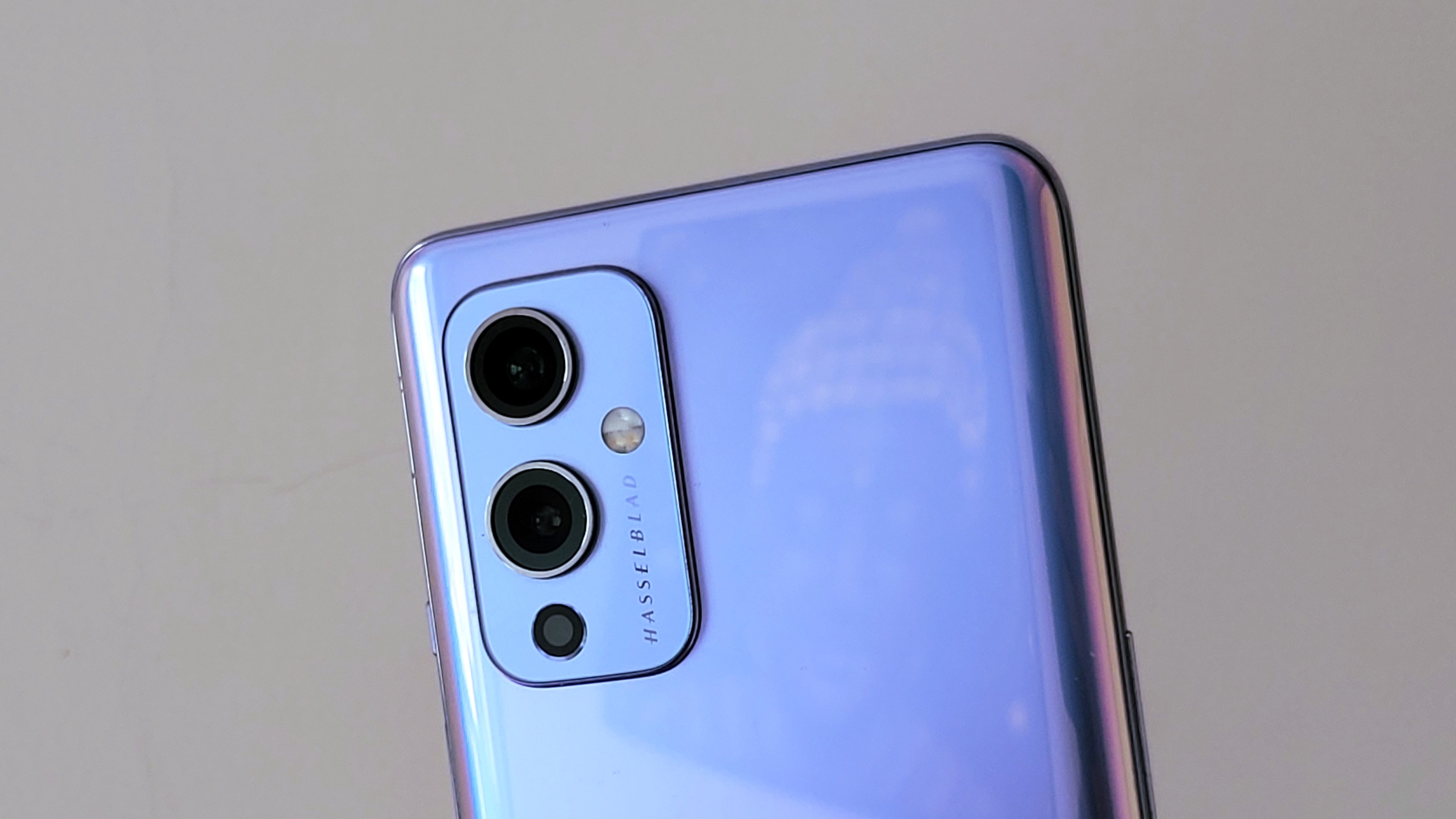
Unlike the Pixel 6, the OnePlus 9’s main camera isn’t assisted by OIS. Together with Google’s superior Night mode algorithms, the Pixel 6 takes the better low-light shots of the two.
Indeed, the Pixel 6 simply takes better shots all around. For all the hardware talk, the key lies in Google’s algorithmic advantage. It simply has more image-processing know-how than OnePlus, resulting in shots that have better contrast and pop.
OnePlus enhanced its offering with the help of Hasselblad, which gives shots a slightly more distinctive tone than before. But the Pixel 6 gets it right more of the time, and in trickier conditions.
With the Pixel 6 you also get several new tricks. Face Unblur clears up blurry human subjects, and Magic Eraser lets you remove photo-bombers with a tap.
On the video front, the Google Pixel 6 can hit 4K at 60fps. The OnePlus 9 can manage that too, as well as 8K video at 30fps.
Specs and performance
Google made a big song and dance about its own new Tensor chip, which displaces the usual off-the-shelf Qualcomm SoC at the heart of the Pixel 6.
While the OnePlus 9’s Snapdragon 888 might be the more generic chip, however, the simple fact is that it boasts superior performance. At least going by traditional metrics of CPU and GPU output.
In Geekbench 5, the OnePlus 9 achieved a multicore score of 3587, while the Pixel 6 scored 2837. That’s quite a gap, and it’s a similar story on GPU-focused tests.
You wouldn’t know that the Pixel 6 is technically the slower device in general operation, however. Both phones feel plenty fast enough, and run games fluidly at full steam.
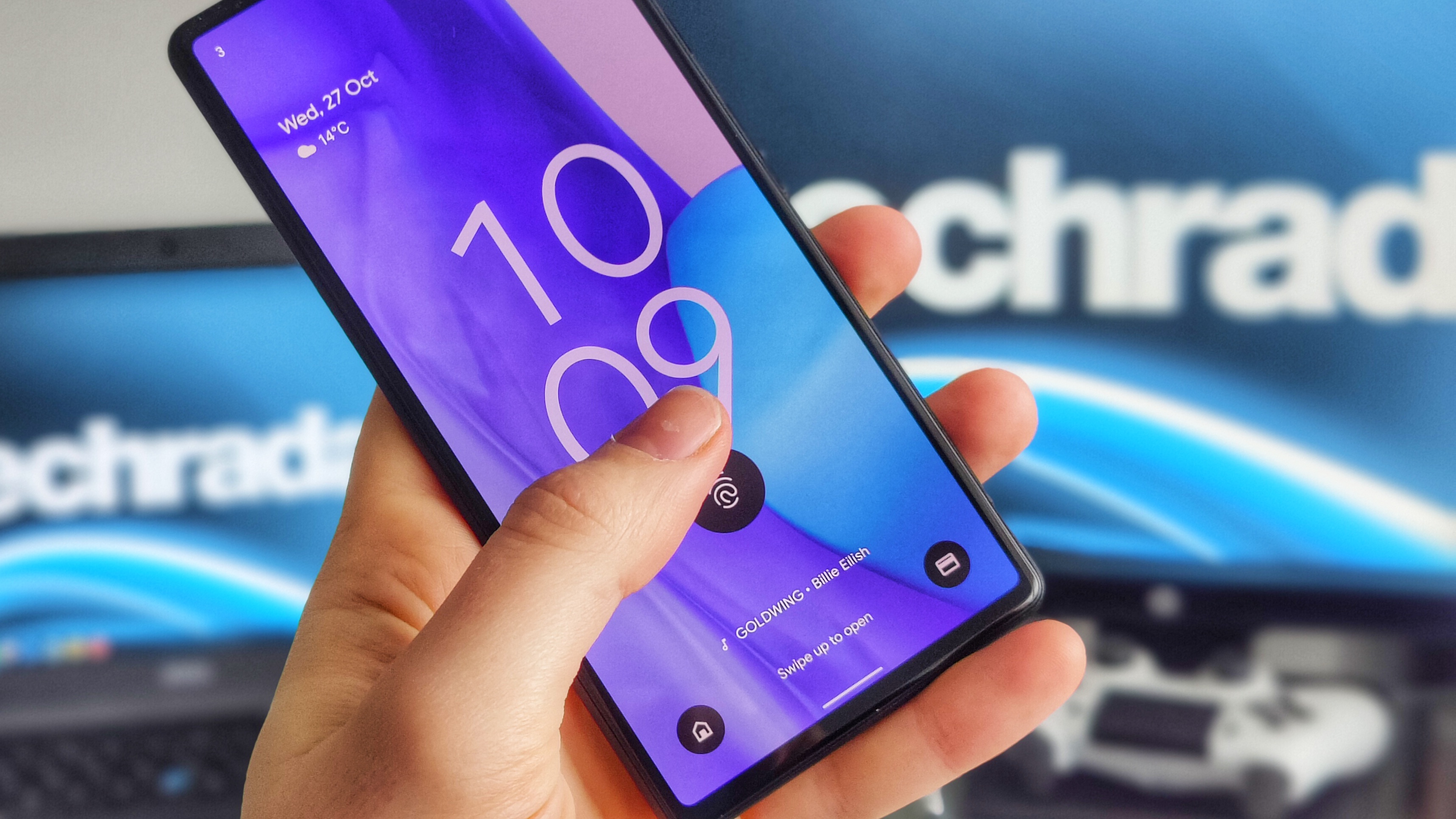
Indeed, Google’s Tensor chip has strengths in other areas. Its machine learning upgrade make those advanced camera features possible, for example.
Both phones offer 128GB or 256GB of internal storage, though not in all territories.
When it comes to software, it’s tricky to name a winner. Google’s position as the maker of Android gives it a huge advantage when it comes to timely updates and optimisation, which probably gives it a narrow win here.
But OnePlus’ custom Oxygen OS is arguably the best of its kind, making thoughtful enhancements and applying a distinctive style to the OS.
Both phone makers announced at their phones will get three full Android updates, but there’s definitely a smidgen more certainty with the Pixel 6. Especially as OnePlus has merged its software efforts with Oppo since the OnePlus 9 launched.
Battery
The Google Pixel 6 packs a 4,612mAh battery, while the OnePlus 9 gives you a 4,500mAh battery. Together with a less demanding display, it’s a slim advantage for Google.
Benchmark tests suggest that they’re reasonably well matched, however. These are two all-day phones, provided you don’t hit the media too hard.
Where there is a meaningful difference is when it comes to recharging. Here, the OnePlus 9 builds a commanding lead.
You get a 65W charger in the box, which is capable of getting you from 1% to 100% in just 28 minutes. Google can only offer 21W charging support (ignore those deceptive 30W claims), and it doesn’t give you the charging brick in the box.
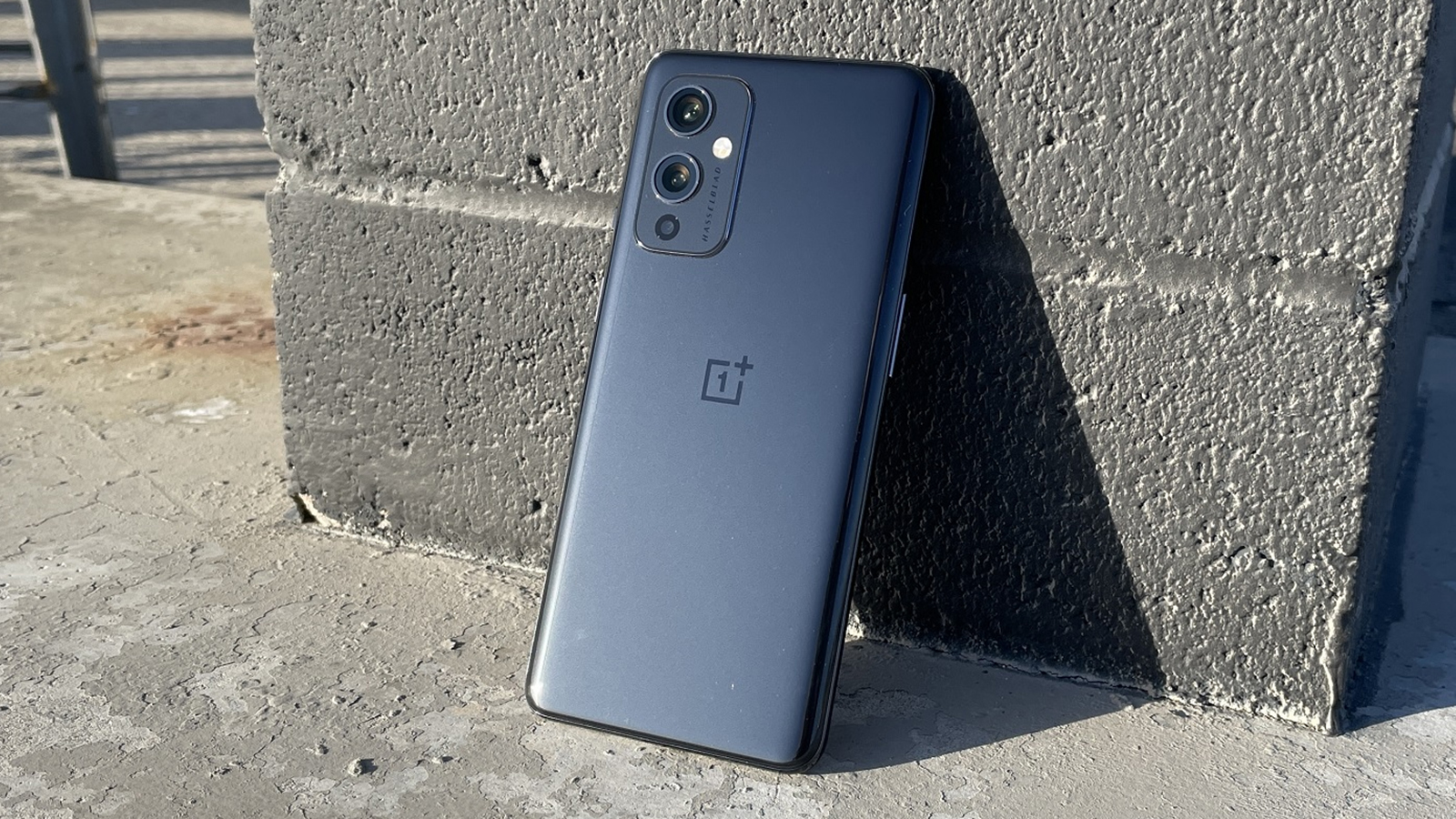
Takeaway
Google sure made a late impact with its Pixel 6. Its striking design, excellent main camera system, and crisp software stand out from the me too pack – including the OnePlus 9.
Even so, Google’s phone doesn’t compare too favorably to the older phone in several key areas. Its display isn’t as big or fluid, its performance isn’t as impressive, and its charging provision falls way short.
Add to that the fact that the OnePlus 9 can be had for cheaper if you shop around, and we’d argue that the Pixel 6 falls just a little short of its experienced rival in the ‘best buy stakes.’
- Need more options? Check out the best smartphones

